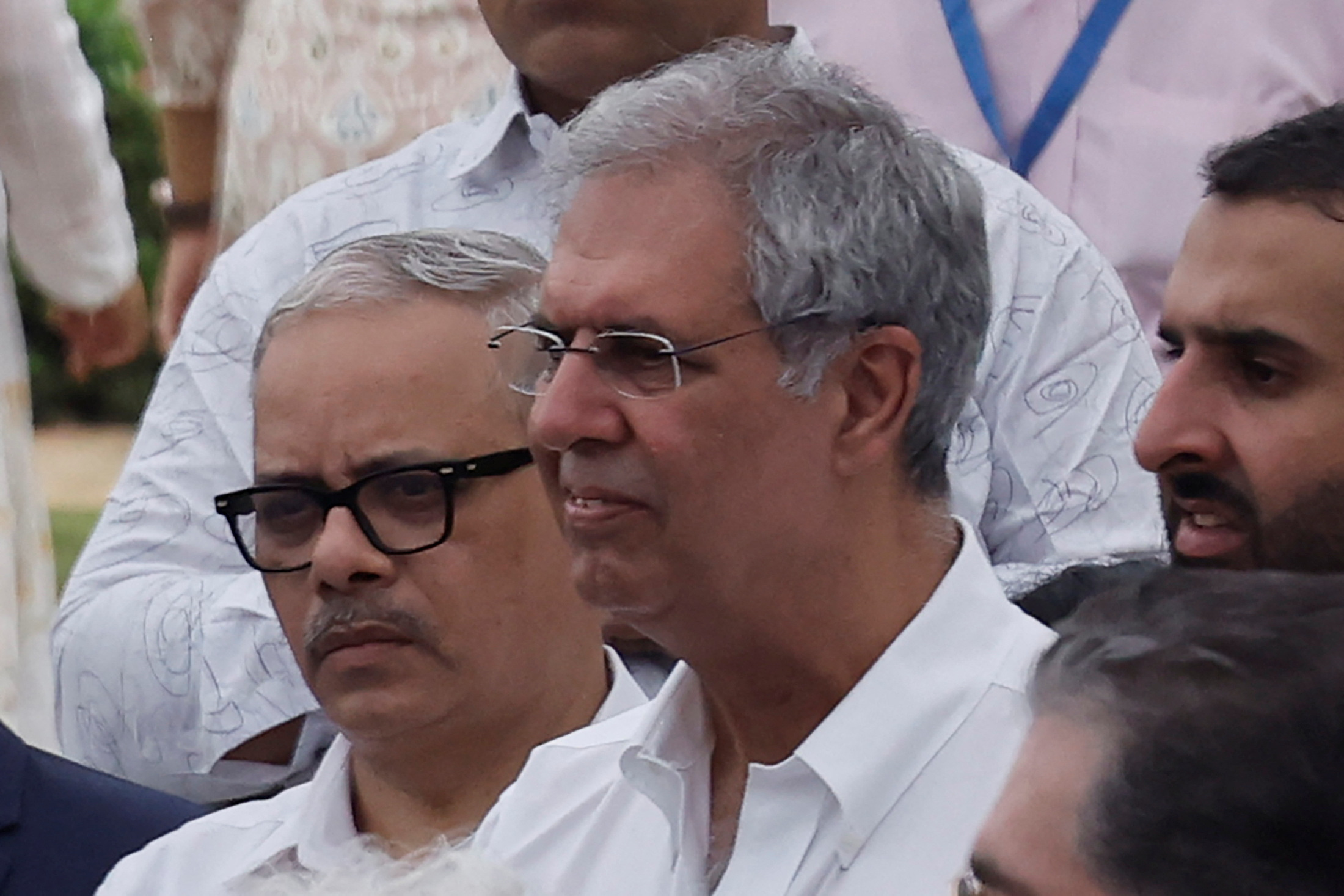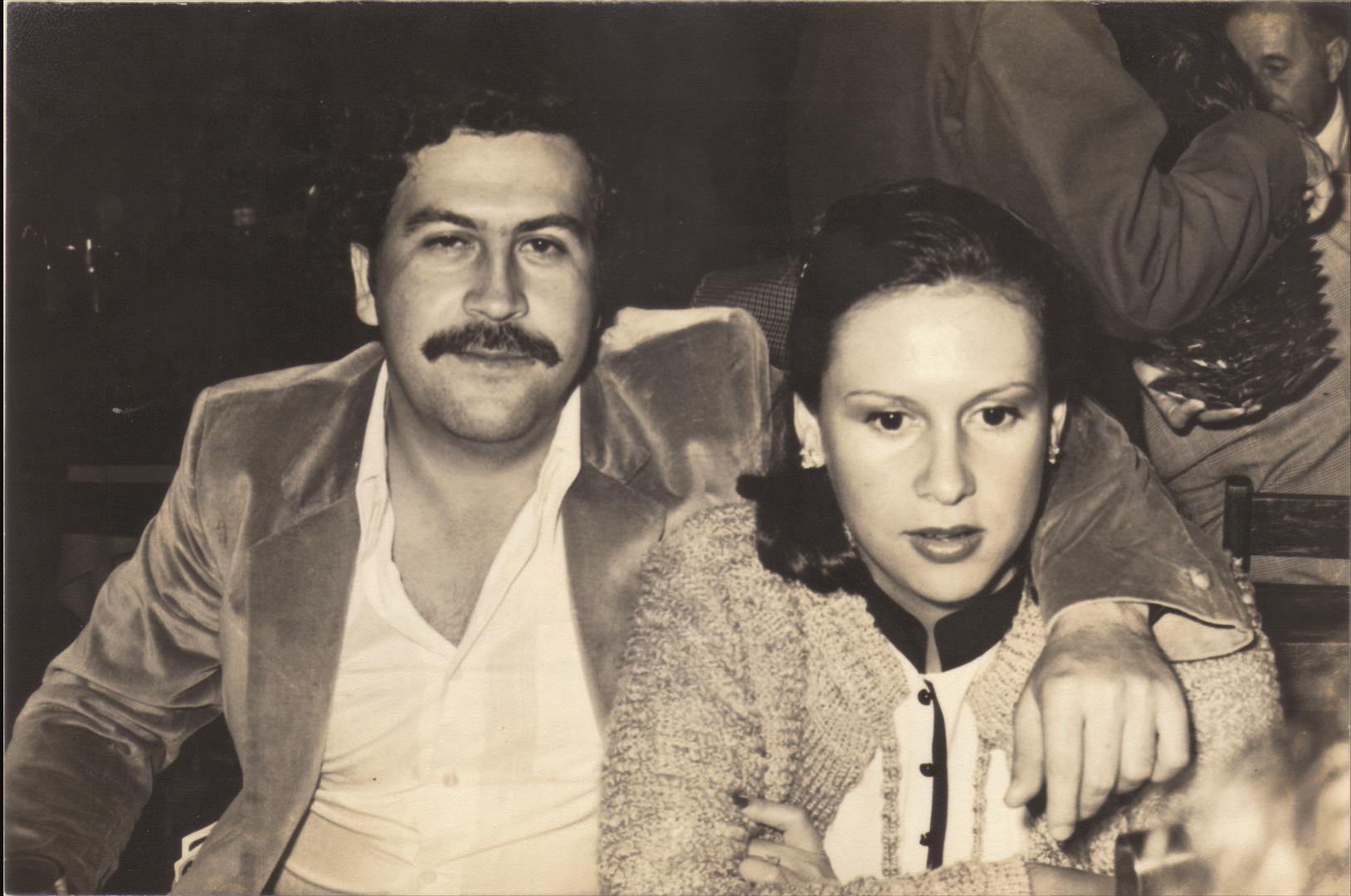Hey there, fellow crime drama enthusiasts! Today, we’re diving deep into the world of Tata Narcos, a term that’s been buzzing around the internet like a swarm of bees. If you’re anything like me, you’ve probably binged Narcos on Netflix and wondered, “What’s the real story behind these larger-than-life characters?” Well, buckle up because we’re about to take you on a wild ride through the real-life drama, the untold secrets, and the mind-blowing facts that inspired the show. This isn’t just about the TV series; it’s about the real people, the real drugs, and the real chaos that defined an era.
Let’s face it, the world of drug cartels is both terrifying and fascinating. And while the Narcos series has given us a glimpse into this shadowy world, there’s so much more to uncover. The term "Tata Narcos" has become a catchphrase for everything that’s dramatic, intense, and downright insane about the drug trade. But what does it really mean? And who are the real-life characters behind the scenes? Stick around, because we’re about to break it all down for you.
Before we dive headfirst into the gritty details, let’s set the stage. The story of Tata Narcos isn’t just about drugs; it’s about power, ambition, and the dark side of human nature. It’s about the men and women who built empires out of nothing and the havoc they wreaked on entire nations. So, whether you’re here for the history lesson or just the juicy gossip, you’re in the right place. Let’s get started!
Table of Contents
- Biography of Tata Narcos
- The Rise to Power
- Inside the Drug Cartel
- Key Players in the Game
- Legal Battles and Arrests
- Cultural Impact of Tata Narcos
- Myths vs. Reality
- The Future of Drug Cartels
- Lessons Learned from Tata Narcos
- Conclusion
Biography of Tata Narcos
Who Was Tata Narcos?
Alright, let’s start with the basics. The term "Tata Narcos" isn’t exactly a person; it’s more of a nickname or a reference to the leaders and influencers in the world of drug trafficking. But if we’re talking about the real-life figures who inspired this term, we have to mention Pablo Escobar, the infamous kingpin of the Medellín Cartel. Born in 1949 in Rionegro, Colombia, Escobar rose to become one of the most powerful drug lords in history. But hey, don’t let the name fool you—this guy wasn’t just about selling drugs; he was a mastermind when it came to building an empire.
Here’s a quick look at some of the key figures in the Tata Narcos world:
| Name | Role | Years Active | Notable Achievements |
|---|---|---|---|
| Pablo Escobar | Leader of the Medellín Cartel | 1970s-1993 | Built a drug empire worth billions, controlled 80% of the cocaine trade |
| Joaquín "El Chapo" Guzmán | Founder of the Sinaloa Cartel | 1980s-present | Escaped from prison twice, became one of the most wanted men in the world |
| Gilberto Rodríguez Orejuela | Leader of the Cali Cartel | 1970s-1990s | Known for his sophisticated business strategies and political influence |
The Rise to Power
So, how did these guys go from small-time smugglers to global drug lords? It wasn’t just about selling drugs; it was about strategy, connections, and sheer audacity. In the 1970s and 1980s, Colombia became the epicenter of the cocaine trade, and figures like Pablo Escobar saw an opportunity they couldn’t pass up. They didn’t just smuggle drugs; they built entire networks, bribed officials, and even ran for political office. It was like a game of chess, but with way higher stakes.
Key Strategies Used by Tata Narcos
- Bribery: They paid off politicians, police, and judges to look the other way.
- Violence: When bribery didn’t work, they turned to intimidation and murder.
- Innovation: They used planes, submarines, and even tunnels to smuggle drugs.
Inside the Drug Cartel
Let’s talk about the mechanics of the drug trade. The cartels weren’t just gangs; they were highly organized operations. They had their own hierarchies, codes of conduct, and even internal conflicts. Think of it like a corporation, but with guns and drugs instead of boardrooms and spreadsheets. The Medellín Cartel, for example, had a clear chain of command, with Pablo Escobar at the top. Below him were his lieutenants, each responsible for different aspects of the operation.
Here’s a breakdown of how it all worked:
- Supply Chain: From coca farms in Colombia to distribution networks in the U.S.
- Security: Armed guards and hitmen to protect the operation.
- Marketing: Building relationships with buyers and distributors.
Key Players in the Game
Pablo Escobar: The Face of Tata Narcos
Pablo Escobar was more than just a drug lord; he was a cultural icon. His story has been told and retold in books, movies, and TV shows, and for good reason. He wasn’t just about making money; he was about making a statement. He built schools, hospitals, and housing projects for the poor, earning him a cult-like following in certain parts of Colombia. But let’s not forget the dark side—Escobar was responsible for the deaths of thousands of people, including judges, journalists, and civilians.
El Chapo: The Modern-Day Tata Narcos
Fast forward to the 21st century, and we have Joaquín "El Chapo" Guzmán, the founder of the Sinaloa Cartel. El Chapo’s story is almost as dramatic as Escobar’s, if not more. He escaped from prison not once, but twice, earning him a reputation as one of the most cunning and elusive drug lords in history. But like Escobar, his rise to power came at a cost. The violence and corruption associated with his cartel have left a lasting impact on Mexico and beyond.
Legal Battles and Arrests
The war on drugs has been going on for decades, and the legal battles against Tata Narcos have been nothing short of epic. Governments around the world have poured billions of dollars into fighting drug cartels, but the results have been mixed. Some cartels have been dismantled, while others have simply reorganized and continued their operations. The arrest of Pablo Escobar in 1993 and El Chapo in 2016 were major victories for law enforcement, but the fight is far from over.
Notable Arrests and Trials
- Pablo Escobar: Killed in a shootout in 1993.
- El Chapo: Sentenced to life in prison in 2019.
- Gilberto Rodríguez Orejuela: Arrested in 1995 and extradited to the U.S.
Cultural Impact of Tata Narcos
The world of Tata Narcos has had a profound impact on popular culture. From the Narcos series on Netflix to countless books and documentaries, the story of drug cartels continues to captivate audiences around the world. But it’s not just about entertainment; it’s about understanding the complexities of the drug trade and its impact on society. The violence, corruption, and poverty associated with drug cartels have left lasting scars on entire nations.
Why Do We Love Tata Narcos Stories?
Let’s be honest, there’s something irresistible about the drama of Tata Narcos. It’s a story of ambition, power, and the dark side of human nature. It’s a story of how ordinary people can rise to extraordinary heights, but at what cost? The allure of the drug trade is undeniable, but so is the danger. As viewers, we’re drawn to these stories because they challenge our understanding of right and wrong.
Myths vs. Reality
There are plenty of myths surrounding Tata Narcos, and it’s time to set the record straight. For one, not all drug lords are as glamorous as they appear on TV. Many of them lived in constant fear of arrest or assassination. And while they may have had access to vast amounts of wealth, it came at a price. The reality is that the drug trade is a brutal and unforgiving world, and the people involved often pay a heavy price.
Common Myths About Tata Narcos
- Myth: All drug lords are rich and powerful. Reality: Many of them live in hiding and face constant threats.
- Myth: The drug trade is a victimless crime. Reality: It’s responsible for widespread violence and suffering.
The Future of Drug Cartels
So, what does the future hold for Tata Narcos? While many cartels have been dismantled, new ones continue to emerge. The demand for drugs remains high, and as long as there’s money to be made, there will be people willing to take the risk. But the landscape is changing. With advancements in technology and increased cooperation between law enforcement agencies, the days of unchecked power for drug lords may be numbered.
What’s Next for the Drug Trade?
- Increased use of technology for smuggling and communication.
- More focus on synthetic drugs and opioids.
- Greater collaboration between governments to combat cartels.
Lessons Learned from Tata Narcos
The story of Tata Narcos is a cautionary tale about the dangers of unchecked power and ambition. It’s a reminder that the pursuit of wealth and influence can come at a devastating cost. But it’s also a story of resilience and survival. Despite the odds, many people have managed to rebuild their lives and communities in the wake of the drug trade. The lessons we can take away from this are clear: corruption and violence have no place in society, and the only way forward is through cooperation and understanding.
Conclusion
And there you have it, folks! The world of Tata Narcos is a complex and fascinating one, full of drama, danger, and intrigue. From the rise of Pablo Escobar to the modern-day operations of El Chapo, the story of drug cartels continues to captivate audiences around the world. But it’s not just about entertainment; it’s about understanding the impact of the drug trade on society and working towards a better future. So, the next time you binge-watch Narcos, remember that there’s more to the story than what’s on screen.
What do you think about Tata Narcos? Do you have a favorite character or moment from the series? Let us know in the comments below, and don’t forget to share this article with your friends. Until next time, stay curious and keep learning!


